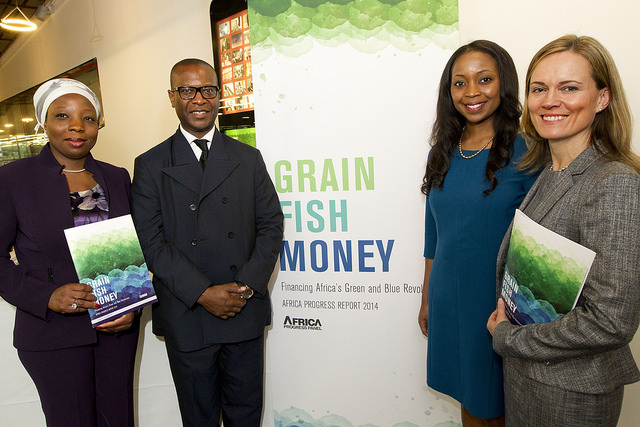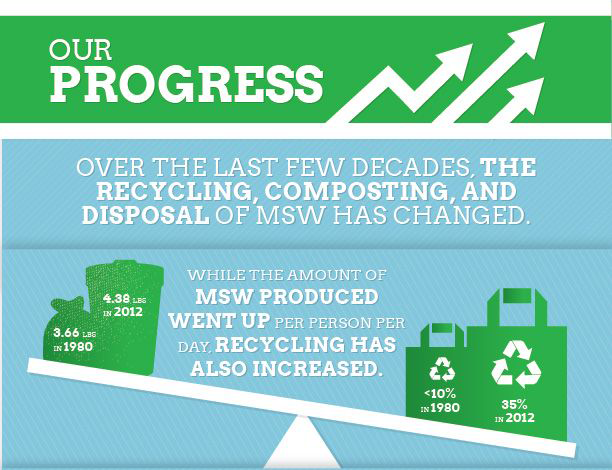 In the workplace, trip reports document what happened during a trip. Some companies use the reports to show how the goals for the trip were met. Others use the reports to share what happened with the rest of the organization.
In the workplace, trip reports document what happened during a trip. Some companies use the reports to show how the goals for the trip were met. Others use the reports to share what happened with the rest of the organization.
For our class, your goal will be to tell the class members about the event or place you visit on your trip. Depending upon the trip, you might try to convince others to participate in the same or similar events, or you might provide tips for others who will take similar trips (e.g., for others going on job interview trips). You will share your trip report with the entire class.
The format for the report varies from company to company, but generally, your trip report should accomplish the following:
- explains the goals for the trip.
- documents what actually happened.
- summarizes the lessons learned and/or outlines any follow-up that needs to take place.
- (optionally) includes an expense report for the trip.
Your trip report must be submitted within one week of the event or trip. In the event of a multi-day trip, submit your report within one week of the last day of the trip.
You may complete only ONE trip report as part of your work towards a grade higher than a B.
The Project Assignment
Step 1: Plan to attend an approved event or to go on an approved trip.
The pre-approved list of events focuses on opportunities for you to expand know knowledge of your career and of intercultural and global issues. You can attend any of the following for this activity:
- Any event listed on the Virginia Tech Diversity Programming Calendar
- Any job fair on the Blacksburg campus
- Any colloquium, presentation, or special event offered by the Department or College of your major
- Business meetings and/or special events sponsored by professional fraternities, honor societies, or special groups related to your major
- Any event offered by Virginia Tech’s Career and Professional Development Center
- Any professional conference/convention attendance related to your major or career
If you are interested in attending an event that is not covered by the list, you can write me to ask if it will count. In your email, be sure to explain how the event is a professional activities that relate to your major and/or career plans.
Step 2: Familiarize yourself with the characteristics and features of reports.
The following readings offer advice on writing trip reports:
- The Art of the Trip Report, from ASTM International
- How to Write a Business Trip Report, from Chron.com
- Trip Reports, from Technical Writing for Success, 3rd Ed. (From Google Books, may require your vt.edu email login)
- Trip Report Template, from The Tongue and Quill, Air Force Handbook 33-337
The Air Force Handbook, The Tongue and Quill, provides an explanation of how trip reports work in military settings:
The trip report is another form of an after-action report that is commonly used in the Air Force. The trip report concisely conveys information about the trip’s purpose, travelers, and itinerary after the trip is concluded. A more detailed discussion of relevant information from the trip is presented followed by any recommendations and/or conclusions. In short, the trip report should answer the who, what, when, where, why and how questions in a concise, orderly format. The trip report should convey everything the addressees need to know about the trip, especially as it relates to the unit’s mission and any recommendations or costs. (p. 177)
Step 3: Go to the event or on the trip, and gather information for your report.
When you attend the event, take notes on what happens (as possible) and gather any materials that you can use as you write your report. For instance, you might pick up a program for a presentation or business cards from a job fair. Remember that your notes can be photos as well (e.g., take a photo of a PowerPoint slide that you want to remember later).
If desired, take photos of yourself or of displays at the event to document your participation. You can insert these images (as well as photos or scanned images of anything you pick up at the event).
Example Trip Reports
- Mayfield Trip Report
- Vendor Investigation Trip Report
(from Google Books) - Marine Corps Sample Trip Report
Step 4: Write your Trip Report.
Write your trip report in your word processor, using memo format. The length of your report will vary, according to the length of the event. A report on a one-hour meeting of your professional fraternity will be shorter than a report on a full-day at a job fair. There is not a minimum or maximum page length. Write as much as you need to, but be sure to include all of the required information.
Your trip report should include the following information:
- the goals for the trip.
- what actually happened.
- the lessons learned and/or any follow-up that needs to take place.
You can include an expense report, if relevant; however, one is not required. You are not writing your report for reimbursement.
Use the example trip reports on the right to help guide your writing and formatting. Remember that information-rich headings will help organize your report.
Step 5. Review your project for design and basic writing errors.
Everything you write should use accurate/appropriate image editing, grammar, spelling, punctuation, mechanics, linking, and formatting. These are important basic writing skills that you should have developed in high school.
Review your project, considering the layout and design of your project. Refer to the details listed in the Ten Ways to Improve Your Writing page on the course website and the grammar and design Lynda.com videos included on that page.
Step 6: Submit your project in Canvas.
Upload your completed project in Canvas, in the Trip Report Assignment and post it in the Trip Report Discussion.
Photo Credit: College of DuPage Hosts Career Fair 2015 3 by COD Newsroom, used under a CC-BY-SA 2.0 license. Icons are under a public domain license, downloaded from the NounProject.
 You will write a Progress Report that outlines the status of your
You will write a Progress Report that outlines the status of your  A progress report tells stakeholders the status of a project. You might write a progress report at specifically decided points as you work on a project, such as the beginning, middle, and end of the work. In other cases, you might write a regularly scheduled progress report at the end of every week.
A progress report tells stakeholders the status of a project. You might write a progress report at specifically decided points as you work on a project, such as the beginning, middle, and end of the work. In other cases, you might write a regularly scheduled progress report at the end of every week.